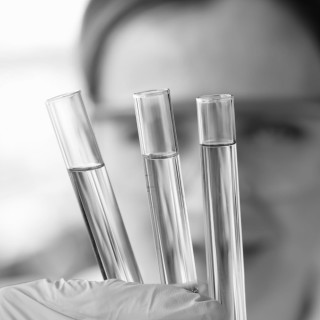
Regulatory Responses to the Use of Nanoscale Substances in Food in ASEAN
Jul 18, 2022

Regulation for novel food by the food safety authority correlates with the perception of the actors in the supply chain, particularly consumers. Increasing adoption of nanoscale ingredients is estimated to have captured more than 24% of the overall market size and consumption trends. There is high dependency on imported foods among the ASEAN countries, which raises concerns about whether there are sufficient and efficient regulatory norms on the marketing authorization for novel foods. While foods produced at nanoscale level can improve nutrition and be cost effective, an unclear regulatory path of safety and risk assessment may be counter-productive to consumption trends. Novel food poses challenges and raises important questions, including (1) How will regulators assess the safety of nanofoods for public consumption? and (2) What additional considerations should be taken into account in terms of trade law? This chapter examines the role of law in controlling and creating spaces for the use of nanomaterials in food as a regulatory object. It begins in Section II by providing context around the growth of nanotechnologies in the food sector by considering the use of nanoscale substances as ingredients in food and potential risks it may pose to human health. Section III elaborates on the safety concept of food and food ingredients and specific concerns relevant to the conditions of the use of nanoscale substance in food. Section IV analyzes regulatory responses to nanofood being part of novel food regulations in ASEAN countries by deliberating on the regulatory definitions of novel foods; the market authorization procedures, including the conditions of use; labeling requirements; and pre-market authorization requirements. It concludes that the legal normative yardstick set out by food regulations in ASEAN is enough to include nanofood and nanoscale substances in food based on wide product categories under food laws and for any newly developed food materials on the basis of their intended use. Hence, any nano safety-related measure the countries undertake must be based on the outcome of appropriate risk assessment and must not be discriminatory against free trade with other countries.











